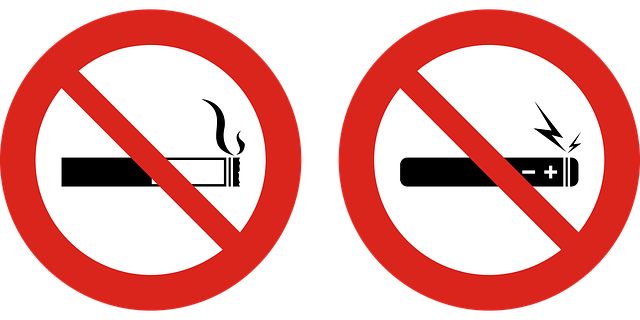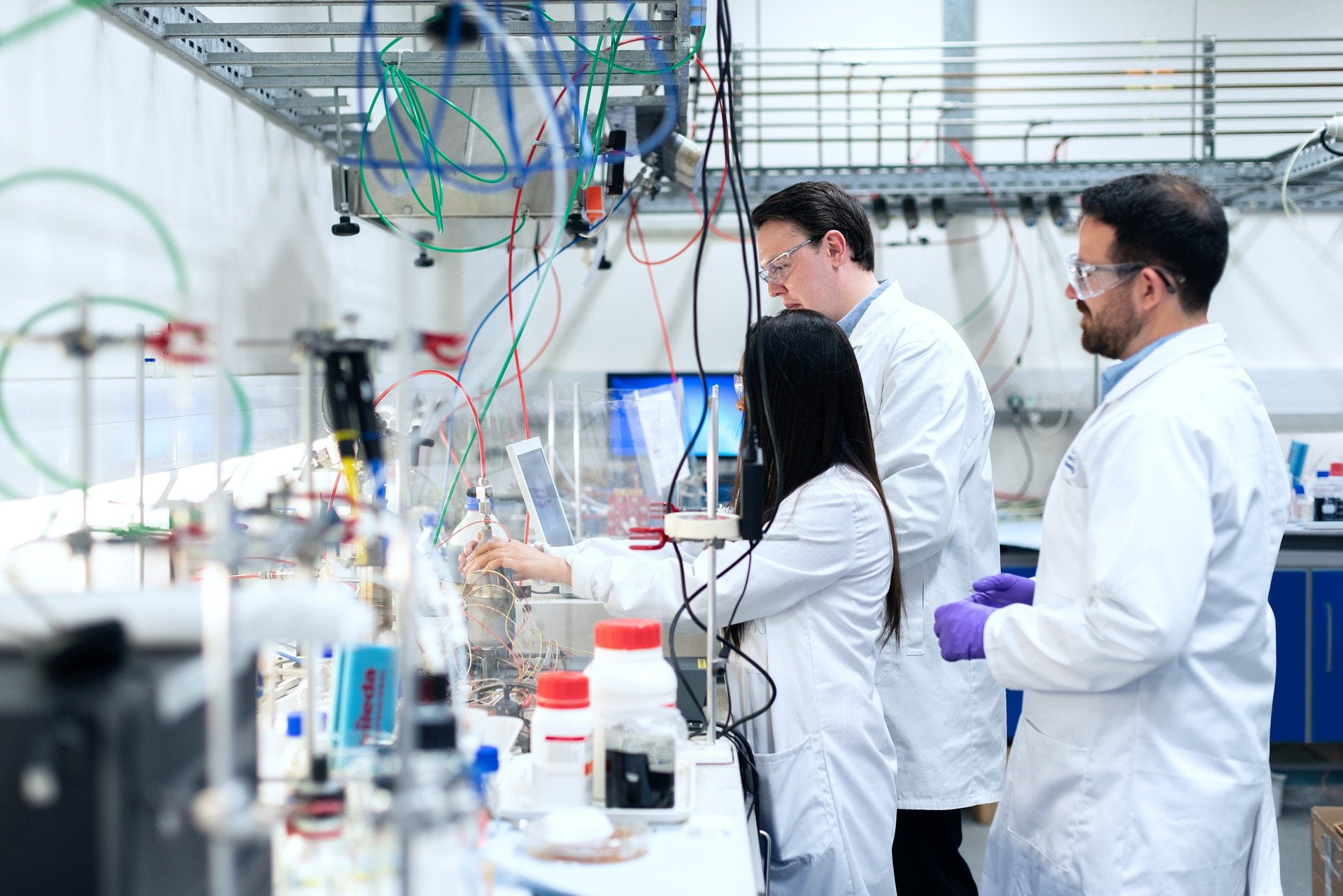Established in 1944, the International Monetary Fund (IMF) is an organization of 189 countries that aims to accomplish several different goals. These include reducing global poverty, encouraging international trade, and promoting financial stability and economic growth.
IMF is based in Washington, DC. Upon membership of the IMF, member countries deposit a sum of money known as a ‘quota subscription’ based broadly on the country’s relative position in the world economy. Quota subscriptions are a central component of the IMF’s financial resources. It also determines the voting rights of each member country, which means, decision-making power in the IMF rests with the countries with the highest contribution. Most resources for IMF loans are provided by member countries, primarily through their payment of quotas.
The 3 main functions of IMF are :
1) Economic Surveillance
2) Lending
3) Capacity Development
Economic Surveillance
IMF’s primary job is to promote stability in the global monetary system. So, its first function is to monitor the economies of its 189 member countries. This happens at both the national and global levels. Through economic surveillance, the IMF monitors developments that affect member economies as well as the global economy as a whole. Members must agree to pursue economic policies that coincide with the IMF’s objectives.
Lending
IMF lends money to nurture the economies of member countries with the balance of payments problems instead of lending to fund individual projects. This assistance can replenish their international reserves, stabilize their currencies, and strengthen conditions for economic growth. The IMF expects the countries to pay back the loans, and the countries must embark on structural adjustment policies monitored by the IMF. Low income countries have very low interest rates or no interest rates.
Capacity Development
The IMF works with governments around the world to modernize their economic policies and institutions, and train their people. This helps countries strengthen their economy, improve their growth and create jobs.
We hope you have understood what the IMF is and its major functions.




